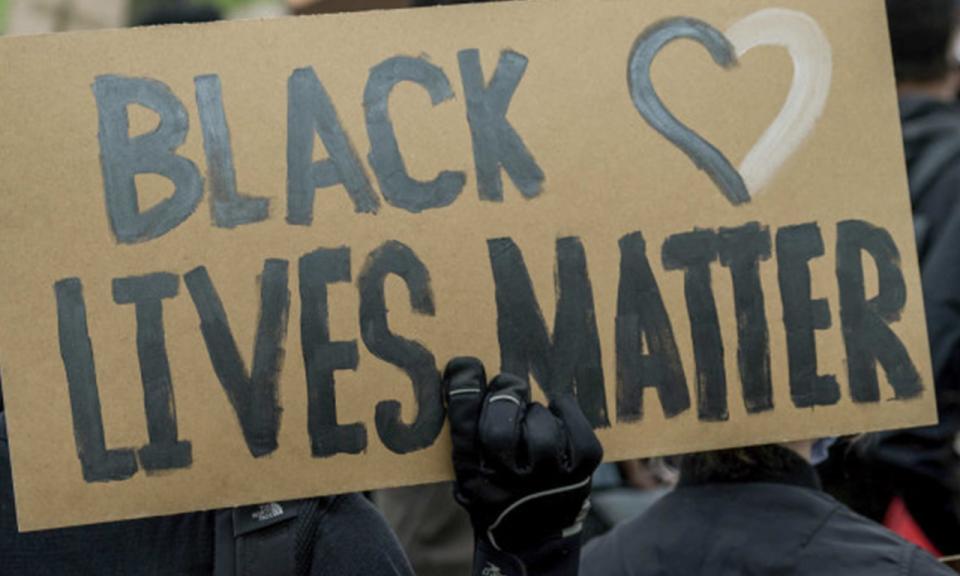
In 2020, it seems as though we cannot talk about Black History Month without talking about #BlackLivesMatter. The movement has seen increased attention following the killings of American citizens Ahmaud Arbery, Tony McDade, Breonna Taylor and George Floyd earlier in the year. These incidents have put a spotlight on systemic racism, not only within the justice system, but throughout society. Importantly, they have transformed the way that industries need to handle diversity, equality and inclusion.
The issue is that many decision makers do not know how to respond to issues of racial diversity and inclusion (D&I), especially in this heightened socio-political context. Is it better to speak up or stay silent? What if we say the wrong thing? What if we get exposed for past discretions? What if we get called out for a lack of diversity within our C-suite?
Fortunately, there are answers to these questions which are frequently asked by leaders. A useful framework for getting started with D&I, or reviewing existing practices, is: listen, talk, act.
Listen
Any diversity or inclusion effort needs to be informed by insights from the groups who will be affected by it. Of course, for Black History Month and Black Lives Matter initiatives this means that business leaders must listen attentively to their black employees, customers and other stakeholders.
The listening involved in D&I is called active listening - an empathetic listening technique referred to in publications like Time and the Harvard Business Review. Active listening involves hearing the speaker discuss their feelings while asking questions and paraphrasing to ensure your understanding is correct. The key is to fight the urge to be defensive and react with thoughts from one's worldview. According to diversity consulting expert Janet Reid, "You have to slow down your knee-jerk reaction to talk over people and listen in the cadence and rhythm [of their culture]".
Active listening is able to reveal the nuances of a person's experiences. It may be that they have experienced insensitive comments or micro-aggressions in the workplace. They might not feel as though they see themselves represented, or perhaps they are struggling to rise up the career ladder. Listening to these experiences involves having difficult but necessary conversations on topics like bias, privilege and intersectionality. It is then the responsibility of leaders to "do the work" to increase their knowledge on these topics by reading and watching educational content.
Talk
Brands can't be neutral on issues of racial justice, especially after the intensity of this year. Once business decision makers have gained an understanding of the key issues, they need to use their brand's voice to make an impact. The first thing to do is to take a stance against racism with and share it with internal and external stakeholders. Silence is no longer an option. In the words of Netflix, "To be silent is to be complicit". When e-commerce retailer Fashion Nova failed to post about police brutality following George Floyd's murder - social media influencers and fans noticed. Now is the time for businesses to talk about the plans they have to fight for racial equality.
But speaking out is not without consequences. Several companies have been "called out" for past discrepancies, such as L'oreal, Disney and Amazon. However, speaking out provides the opportunity for a fresh start for many organisations when it comes to D&I. By acknowledging past wrongs and making new commitments, brands convey authenticity and gain the trust of their employees, customers and community. After dance group Diversity's performance depicting police brutality on Britain's Got Talent received several complaints, ITV made a statement in solidarity with them. This act of defiance and support by ITV was largely praised by its audience. Another way that brands need to talk is by educating their stakeholders through sharing resources and content that informs on race.
Now is the time for businesses to talk about the plans they have to fight for racial equality.
Act
In 2020, stakeholders are hypersensitive to brands who don't back up their D&I statements with action. Thus, it is vital for leaders to implement racial diversity and inclusion practices throughout their supply chains and at the forefront of their business strategies. Asking themselves the following questions will help leaders to make a start.
- Are we sourcing from black suppliers?
- Are we hiring, retaining and developing black employees and do they feel able to express their identities fully?
- Are black employees reaching leadership positions?
- Have we made steps to eliminate conscious and unconscious bias?
- Are we reflecting diversity in our marketing campaigns and working with diverse influencers?
- Are we donating to black causes too?
- Are we joining forces with black organisations and partnering with those working towards equality?
- Are our products and services developed and sold with black customers in mind?
- Are we using the term BAME in the right contexts?
- How should we amend our diversity and inclusion practices post COVID-19?
- Are we measuring and improving our efforts?
In summary, the "Listen, Talk, Act" framework is very helpful for those new to racial diversity and inclusion as well as those who are unsure of how to go forward following this unpredictable year. Brands must listen to their black audiences, speak up in solidarity, and finally act with purpose to make a difference.
